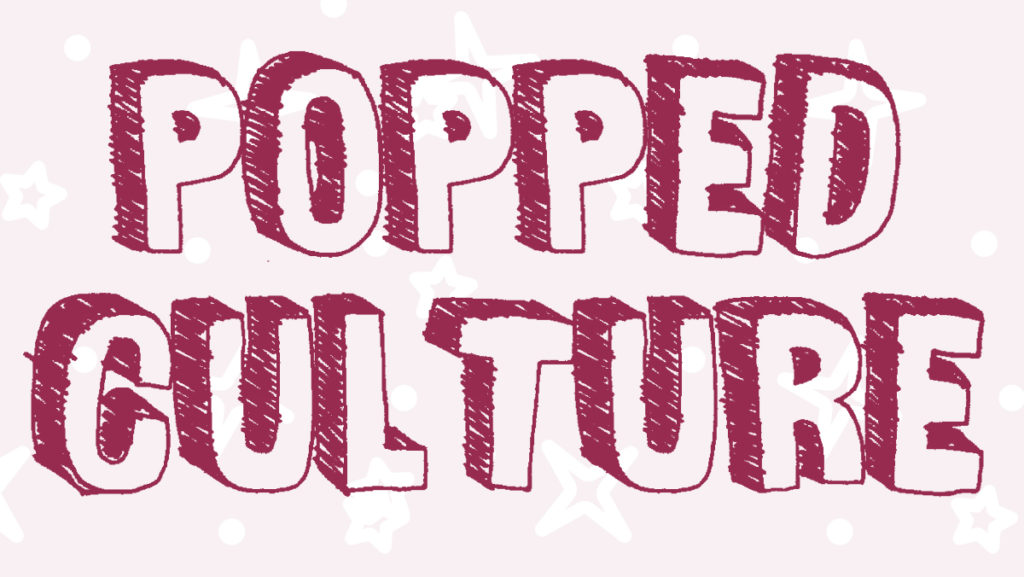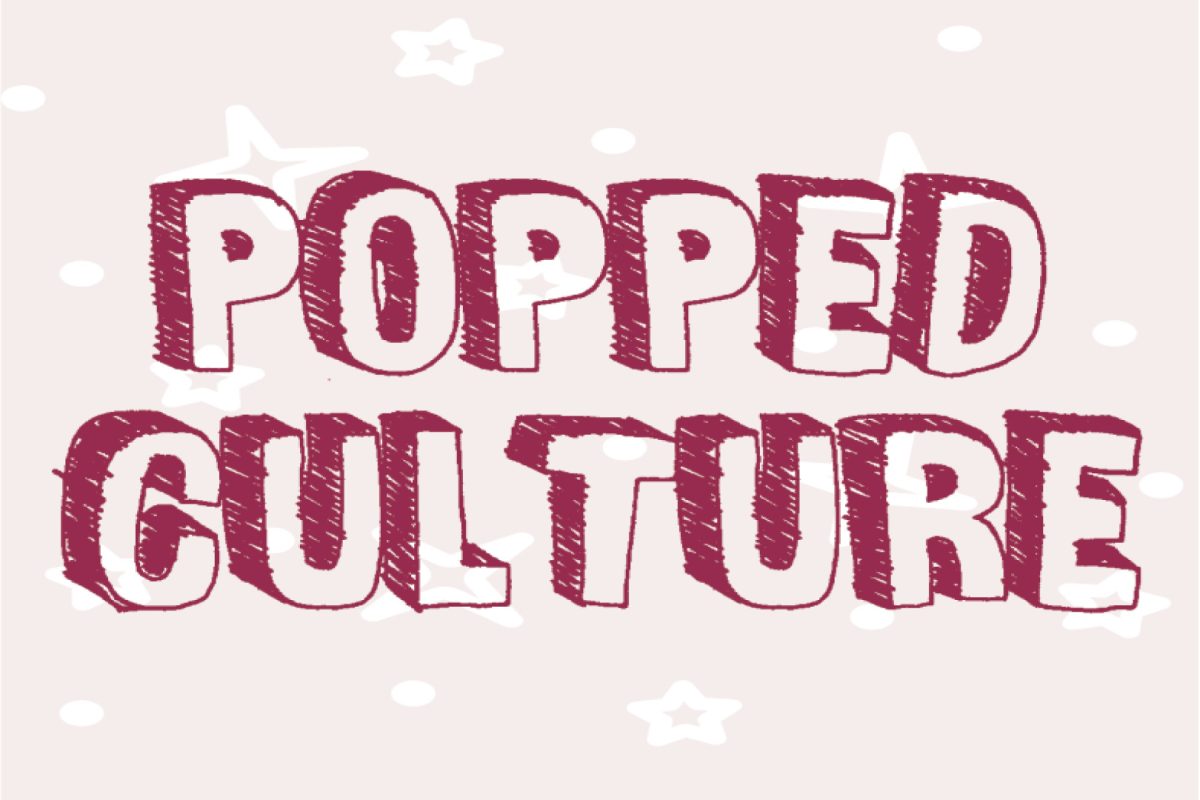When looking back on the most popular films of 2019, I noticed a trend. These films featured characters on the bottom of the socioeconomic spectrum enacting vengeance on those at the top. While the mainstream movie scene has become oversaturated by superhero films and Disney’s live–action remakes, a few films’ successes embody a need for films that represent the lives of working-class people.
Wealth and racial inequality continue to be global issues, so it was only a matter of time before the entertainment industry responded to reflect the world around it. Minority ethnic groups, including Hispanic, Latino, Asian, African American and black, have had some of the highest per capita rates of movie attendance over the past three years, according to the Motion Picture Association of America’s 2019 THEME Report. However, it is ironic that the film industry — a global market worth over $100 billion — is now willing to fund projects that explore a problem to which its very executives participate in.
In these films, those from the working class or minority groups siege the wealth from the upper class and get their piece of sweet revenge. This phenomenon has been coined by fans on social media as “eat–the–rich” films.
Bong Joon-Ho’s “Parasite” is the easiest to recognize as 2019’s leading eat-the-rich film. The film’s combative clash of the working-class Kim family’s clever nature and the wealthy Park family’s blatant naivete becomes Bong’s playground of character dynamics. His use of elaborate set design in his class warfare narrative has also become a staple of discussing “Parasite” — the Kims’ nearly underground hovel contrasts starkly with the Parks’ upscale mansion. The relationship between each father, Kim Ki-taek (Song Kang-ho) and Park Dong-ik (Lee Sun-kyun), is my personal favorite. Ki-taek’s hatred for Dong-ik’s disgust of working-class citizens is a relationship that occurs all over the world today.
These character dynamics were also familiar to Rian Johnson’s “Knives Out,” a film that has a working-class, first-generation main character who “ate the rich” while the upper-class white characters parodied modern political stereotypes. The film focused on an innocent housekeeper, Marta Cabrera (Ana de Armas). After family patriarch Harlan Thrombey (Christopher Plummer) allegedly commits suicide, Marta, who has an undocumented mother, is placed at odds with the Thrombey clan, a powerful white family. This dynamic is especially prominent after the characters hear Harlan’s will in which he left everything he owned to Marta. The film ends with Marta standing on the balcony of the family’s mansion, looking down on the Thrombeys, a mirror image of the inequality she experienced at the beginning of the film when she worked for the family.
But a third film from 2019 was most unashamed of its eat-the-rich subtext: “Ready or Not.” When Grace Le Domas (Samara Weaving) — a seemingly normal, middle-class girl — marries into a wealthy family, she discovers her newlywed husband’s gruesome family tradition. From the start, the film is a rich-hunt-the-poor premise. The Le Domas family chases down Grace with guns, knives and other antique weapons in its mansion. In a fight that happens over the course of one night, Grace kills the Le Domases one by one to protect herself from their wrath. When the film ends, Grace watches the remaining rich family members explode as the sun rises the next morning. Although lacking the nuance and subtlety that many other eat-the-rich films had, the quality of “Ready or Not” was in its commitment to finding joy in seeing wealthy characters’ downfalls.
This trend has continued into the new decade, hinting at a future in the film industry of more films that address socioeconomic inequality. Just in the first few months of 2020, “The Platform,” a Spanish science fiction film on Netflix, explored the dynamics of the class system. The film suggests a new decade of films populated with themes of class warfare and social conflict.
It needs to be acknowledged that even though the film industry is representing more of these stories, it is still making a profit without posing a solution. Perhaps this is the best that the industry can do because the films were made by an industry that is dedicated to following audience demand rather than promoting change. The films pulled from political humor and modern stereotypes and satirized and dramatized class warfare. As a new decade begins and wealth inequality continues to grow, this trend of “eating the rich” in movies will likely continue — whether they are making a change or not.





